Mastering Baking Accuracy: The Case for Metric Weight
Switching to metric weight measurements for baking can be a game-changer, offering precision, consistency, and ease. Unlike the traditional volume-based methods that rely on cups and spoons, metric measurements use grams and milliliters, providing a more accurate way to measure ingredients.
This accuracy is crucial in baking, where the balance of ingredients can make the difference between a perfect rise and a disappointing flop. Metric measurements eliminate the variability caused by ingredient packing density and differing cup sizes, ensuring that every batch is as good as the last.
Embracing metric weight measurements for baking is not just about precision but also universality. Using a digital scale simplifies the process, allowing bakers to measure directly into their mixing bowls, reducing the number of utensils needed and minimizing cleanup. This method also supports better recipe scaling, making it easy to halve or double ingredients without the hassle of complex conversions.
Moreover, metric measurements are universally recognized, facilitating the sharing of recipes across different countries and cultures without the confusion of converting units. This global approach to baking can enhance the baking experience, leading to consistently superior results and a deeper understanding of the science behind baking.
Advantages of Using Metric Weight Measurements
Accuracy: Metric weight measurements provide precise and consistent amounts, which are crucial for the exact science of baking.
Consistency: Weight measurements eliminate variations caused by how ingredients are packed or scooped, leading to uniform results every time.
Ease of Use: Digital scales make measuring ingredients straightforward, reducing the need for multiple measuring cups and spoons.
Efficiency: Measuring directly into mixing bowls minimizes the number of utensils used, speeding up the preparation process and simplifying cleanup.
Scalability: Recipes can be easily scaled up or down by adjusting weights, avoiding complex mathematical conversions required for volume measurements.
Universality: Metric measurements are used worldwide, making it easier to follow and share recipes from different countries without needing to convert units.
Ingredient Versatility: Weight measurements accommodate a wide range of ingredient densities and consistencies, from liquids to powders, ensuring precision across all types.
Scientific Understanding: Using weight fosters a better grasp of the chemistry and balance required in baking, leading to improved technique and outcomes.
Reduced Human Error: Less reliance on estimation and volume approximation decreases the likelihood of mistakes during the measuring process.
From a Professional Baker
The other day, I answered a reader’s question about tomato soup baked with pastry on top. Chef Jenni uses grams rather than ounces in the recipe, and I wondered why.
She is a professional baker who attended Orlando Culinary Academy’s Le Cordon Bleu cooking program, so why was she using the metric system to measure ingredients? So I asked her if she always used this system and, if so, why. Here is how she replied,
“No, I don’t always work in the metric system, although it is the most exacting measuring system for baking. I convert standard recipes as much as possible. This is easy with our Detecto Scale. You can change the unit from grams to ounces, ounces to pounds, and 1/10th of pounds. Very convenient.”
One ounce equals roughly 28 grams. I think it’s much more accurate to call for 14 grams of an ingredient than 1/2 ounce, mainly because your margin for error is greater–your scale might only measure ounces to the nearest 1/4 ounce, leaving about a + or – 3.5 grams error in measuring.
It’s mainly a personal preference, but it does help with standardization and consistency in the final product. I prefer weights (either metric or standard) over cups any day.
In culinary school, we always weighed, mainly using a balance scale and then getting digital scales later in the program. Most of the recipes were written in pounds and ounces.
The metric conversions were woefully inaccurate, and when I was there, they were talking about updating all the metric measurements.
We also learned that there are three liquids you can accurately measure or weigh (a pint is a pound the world around): water, whole milk, and whole eggs. Depending on their density, most other liquids will vary by a few grams or fractions of ounces either side of that pint=pound standard.
Cooking Conversions
By the way, I have a page on my website called Cooking Conversions with two easy-to-use converters. You can change ounces to cups, teaspoons to tablespoons, and more with the first and just about any conversion with the second. Give it a try.

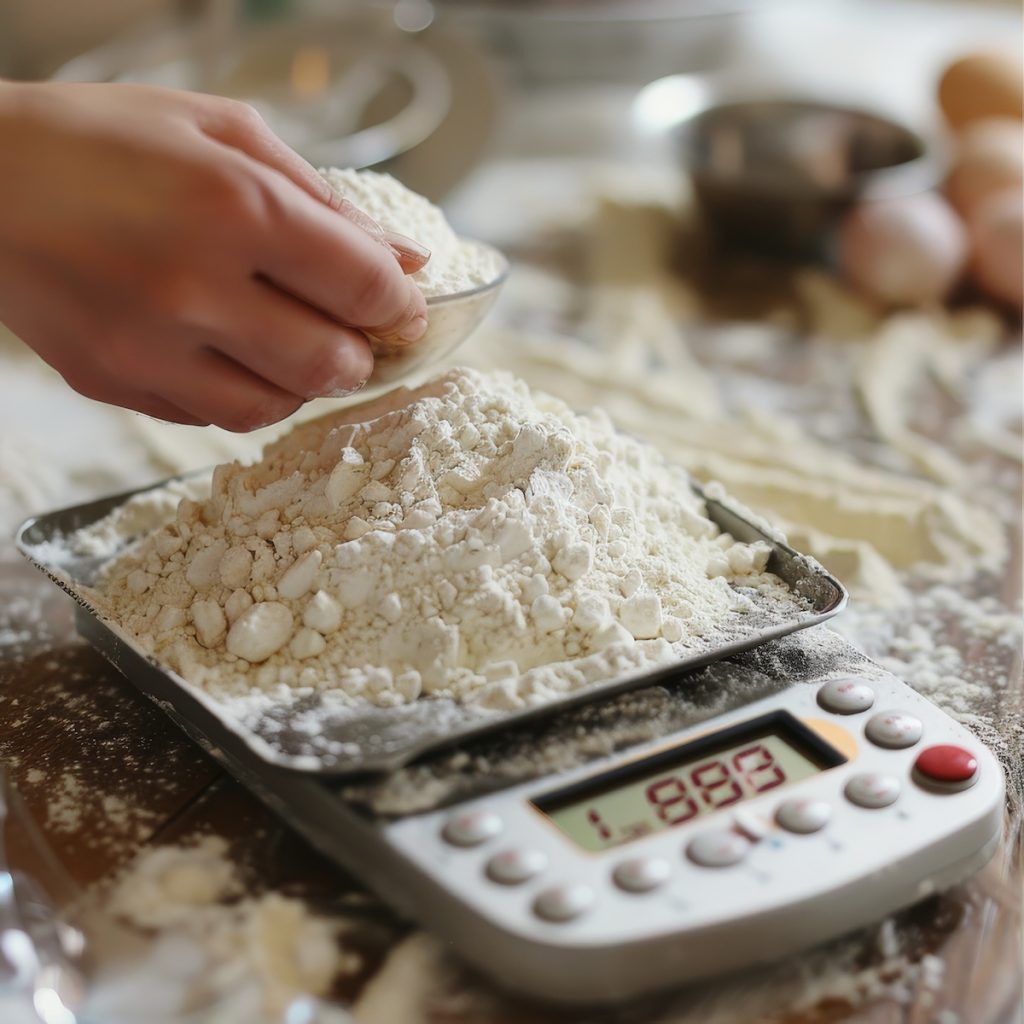
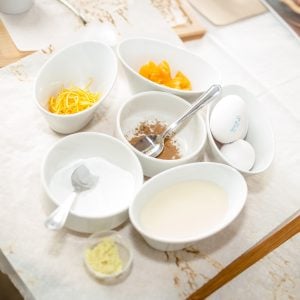
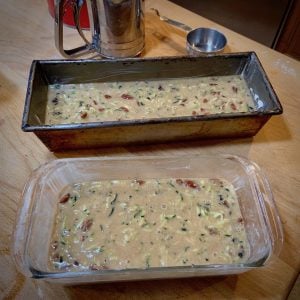
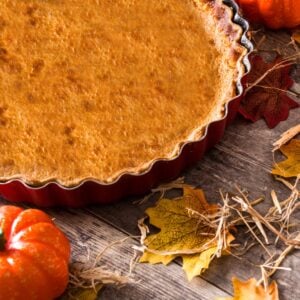

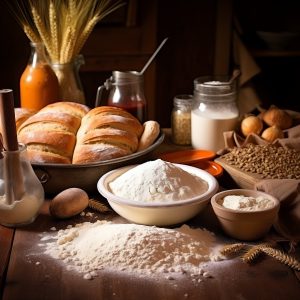
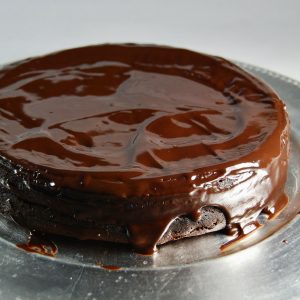

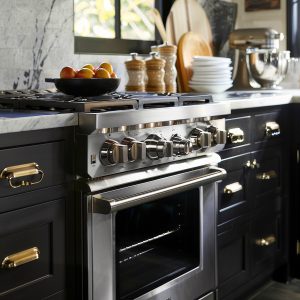
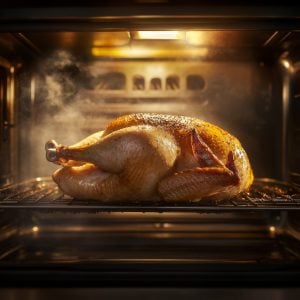


3 Responses
great tips. I enjoyed reading this
Sorry, but a pint is a pound and a quarter [20 ounces] the world over. Perhaps that Senior Moment apron is the appropriate item to follow that gaffe? 😉
Hi RWB, I should have said an “American pint” is a pound around the world but if you are in the British empire and talking about an “Imperial pint”, you are correct. It takes 20 fluid ounces to make an Imperial pint thus making an an “Imperial gallon” 25% bigger than an “American gallon”.